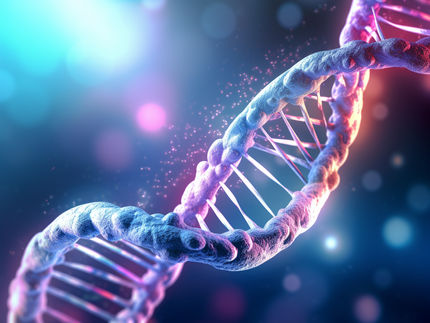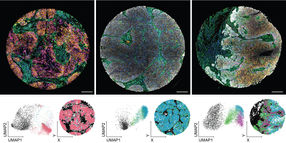Gene fusion mechanisms offer new clues to origin of pediatric brain tumors
A detailed analysis of gene fusions present at high frequency in the most common pediatric brain tumors has been performed for the first time in a study published in Genome Research, shedding new light on how these genomic rearrangements form in the early stages of cancer.
Genomic rearrangements, genetic changes that alter the structure of chromosomes, have a positive role in evolution by creating genetic diversity and new genes; however, rearrangements can also predispose to or potentially initiate diseases such as cancer. Gene fusions as a result of genomic rearrangement have been observed in several types of cancer, and recently two gene fusions involving the RAF gene family were identified in the majority of pilocytic astrocytomas, the most common type of pediatric brain tumor.
RAF gene fusions have been shown to activate the MAP kinase pathway, a cell-signaling pathway linked to tumor formation. However, the mechanisms by which the RAF gene fusions form remained largely unknown. A team of researchers from the United Kingdom and the United States has now analyzed in detail the DNA sequences surrounding the points of the genome that are broken and abnormally fused, uncovering clues to the origin of childhood brain tumors.
The group sequenced and analyzed DNA around the breakpoints of the fused genes in 42 pediatric low-grade astrocytomas, finding a particular pattern of DNA sequence occurring more commonly than expected. “We were particularly interested to find significant enrichment of a pattern in the DNA sequence called microhomology,” said Dr. Denise Sheer of Queen Mary University of London, a senior author of the report.
Sheer described microhomology as the occurrence of several nucleotides, or letters, of DNA at the gene fusion breakpoints that are identical in the two genes involved in the fusion. She explained that this is consistent with a recently proposed mechanism of genomic rearrangement, where microhomology mediates the erroneous joining of DNA fragments during the repair of DNA breaks.
The authors further noted that the characteristics of RAF gene fusions in low-grade astrocytomas studied here could be relevant in other cancers. "The mechanism of gene malfunction that we have uncovered might apply to a large range of cancers in which other types of gene fusion occur," said Dr. David Ellison of St. Jude Children's Research Hospital, also a senior author of the report. "This is an important principle that could help us to understand how cancers start."
Original publication
Lawson ARJ, Hindley GFL, Forshew T, Tatevossian RG, Jamie GA, Kelly GP, Neale GA, Ma J, Jones TA, Ellison DW, Sheer D.; "RAF gene fusion breakpoints in pediatric brain tumors are characterized by significant enrichment of sequence microhomology."; Genome Res.
Most read news
Original publication
Lawson ARJ, Hindley GFL, Forshew T, Tatevossian RG, Jamie GA, Kelly GP, Neale GA, Ma J, Jones TA, Ellison DW, Sheer D.; "RAF gene fusion breakpoints in pediatric brain tumors are characterized by significant enrichment of sequence microhomology."; Genome Res.
Organizations
Other news from the department science

Get the analytics and lab tech industry in your inbox
From now on, don't miss a thing: Our newsletter for analytics and lab technology brings you up to date every Tuesday. The latest industry news, product highlights and innovations - compact and easy to understand in your inbox. Researched by us so you don't have to.

























































